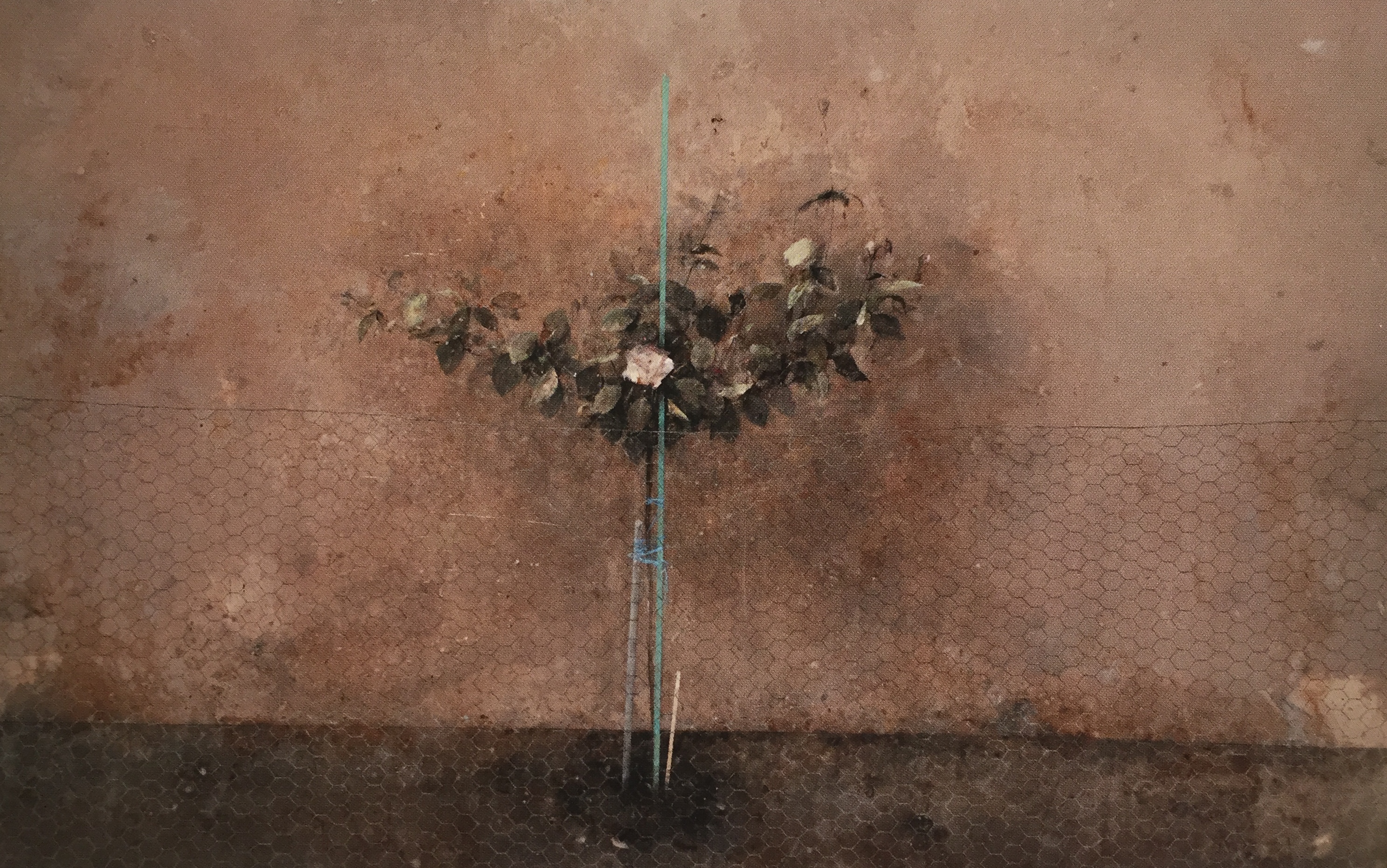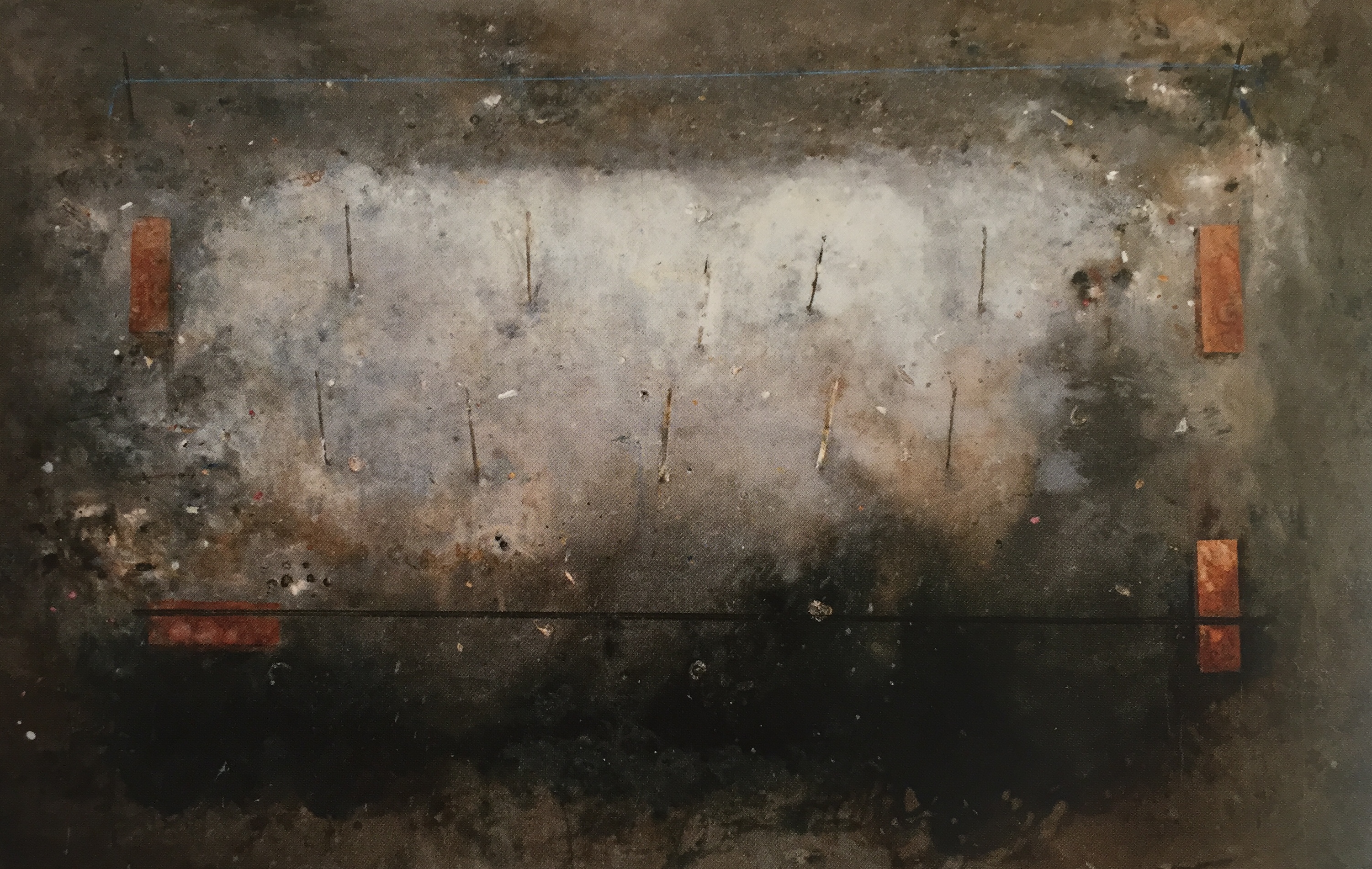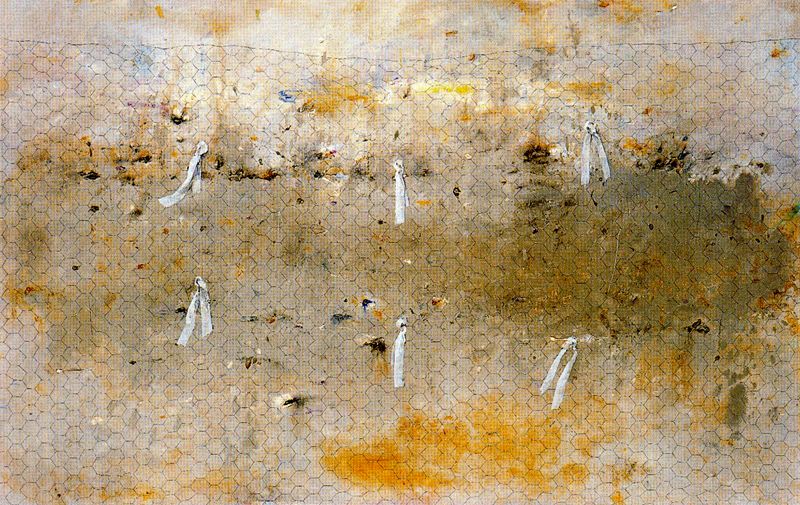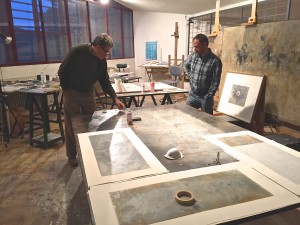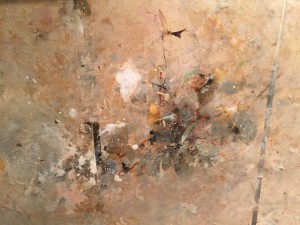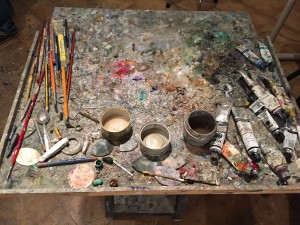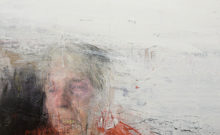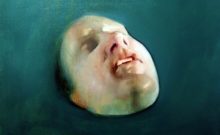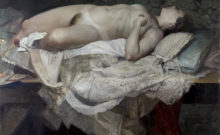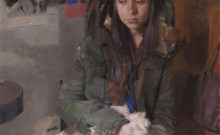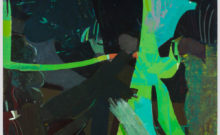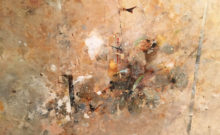A gentleman from Ávila
Standing over six feet two inches tall, slim, elegantly dressed and with his aristocratic manners, Florencio Galindo is the perfect embodiment of an English gentleman. He was, however, born and bred in Ávila. He never turned his back on the region and settled down to live there many years ago.
From a very young age, he displayed an exceptional aptitude for drawing and painting. His talent was such that when the time came to choose a university course, Galindo, encouraged by both teachers and fellow students, opted to study for the Fine Arts degree in Madrid. His father would have preferred him to have studied architecture, but he resigned himself to the choice his son had made. To a young man from the country, leaving home to move to the capital would have seemed like traveling to a distant planet in those days. And getting on to a fine art degree course was no easy matter in the 60s; of the more than 1,500 applicants, only 30 would be admitted. With his natural talent and the training he had undergone at the Escuela de Artes y Oficios de Ávila (Ávila School of Art), Florencio applied and was accepted.
On the first day of his course, Galindo viewed his future classmates with a certain degree of apprehension. Long hair and a 60s hippy look were a much better fit for the artistic environment than that offered by the countryman in his suit. He couldn’t help but feel somewhat inferior until a few months had passed and he realised that he could draw and paint better than most of his fellow students. He was a brilliant scholar and obtained outstanding results in all his subjects. It was perhaps that academic experience which also drove him to develop his teaching career. For many years now he has been a lecturer at the Faculty of Fine Arts at the Complutense University of Madrid, displaying a great love for, and commitment to, teaching.
Florencio Galindo, style and influences
It was at the San Fernando Faculty of Fine Arts where he both consolidated his vocation and matured as a person. Although Antonio López taught him classes in his first year there, Galindo learned mostly by observing the former’s painting. It opened Florencio’s eyes to something that has since been a constant in his work; that there was no need for the subject matter to adhere to lofty themes such as big landscapes, elaborate still life, or celebrity portraits. The pictorial subject could also be an empty room, a corner of the garden or even a garden drain. And so Florencio Galindo has painted the things he finds around him ever since; everyday objects that he is familiar with and able to touch. In his own words, his subject matter is man and, more specifically, humans’ relationship with their environment and their oppressive and controlling influence over nature.
His other great influence was Antoni Tapies and his matter painting. He was interested in the accumulation of material on the panel surface and decided to incorporate this into his works. Tapies would incorporate unusually pictorial elements into his paintings. Galindo adopted this concept but, almost exclusively, did so using elements that were strictly speaking pictorial; oil, washes, turpentine and varnishes.
His painting may be included within the so-called second generation of Spanish realism of the second half of the 20th century, influenced by informalism and matter painting. And so eclectic are his points of reference that they range from the aforementioned Tapies and Antonio López to Altamira, passing through Velázquez and Rothko.
His is a very physical art and touch plays a very important role in its pictorial construction. Galindo likes to touch paintings. He recounts how on one occasion he set off the alarms in the Louvre museum after gently touching the surface of a small painting, by a Flemish artist, that had caught his attention. The security staff did not understand Galindo when he tried to justify, in his shaky French, his need to touch in order to learn and understand.
Florencio Galindo, technique
Florencio Galindo’s pictorial process is based on a conscious search for plasticity and pictorial expression through the integration of chance with deliberate technique. He dedicates a great deal of his working time to creating an expressive pictorial substrate. And he almost always works on a panel that is placed horizontally. He uses varnishes, turpentine washes and oil, all of which he applies freely while he observes and takes advantage of the arbitrary effects that accumulate on the surface of the painting. Galindo applies the same principles that underpin his love for the countryside and enjoyment of hunting to his pictorial quest: observation, silence and concentration so as not to scare off the quarry, as well as intuition, patient and intelligent stalking, and the exploitation of favourable and fortunate circumstances. He creates textures, expressive substrates and small universes of purely pictorial and abstract content that exude reality through every pore. In an exceptionally elegant way, he positions figurative representations of objects that interest him onto these substrates: a few plant elements, some strings, birds and wire fences which are recurrent in many of his paintings. They help the narrative discourse, but I would say they play an accessory role. They are the complement, the ribbon that is wrapped around a gift. The heart of the art work is already beating.
I admire Florencio Galindo’s ability to shape a personal universe on a two-dimensional surface that nonetheless radiates reality. He doesn’t paint land or crumbling walls – he creates land and builds walls. What is surprising is that he achieves this sublime result with such limited means. He has framed his small world and given it transcendence.
If you liked The Art Digger Share it!
thank you!

